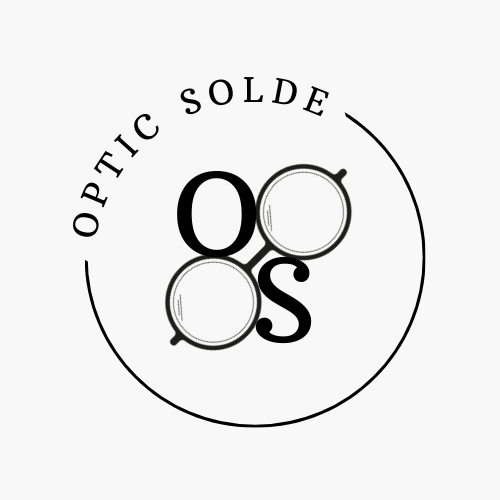From Sketch to Shelf: The Design Process of Eyewear
Eyewear has evolved tremendously over the years, transcending its primary purpose as a functional accessory to become a fashion statement. The design process of eyewear involves a meticulous journey, from the initial ideation on paper to the final product displayed on store shelves. Whether it’s sunglasses or prescription glasses, each pair undergoes a series of steps to ensure both style and functionality are incorporated. In this article, we will delve into the intriguing journey of the design process of eyewear.
1. The Ideation and Sketching Phase
The design process typically starts with brainstorming sessions, where designers identify trends, gather inspiration, and create initial concepts. Sketching is a fundamental part of this phase, as it allows designers to visualize their ideas on paper before bringing them to life. Sketches serve as the foundation for the frames’ future development, helping designers refine their concepts and communicate their vision to other team members.
Once designers have multiple sketches, they begin to explore various materials, colors, and forms that would best suit the design. The functionality of the eyewear is also considered during this stage – do they need to be lightweight, durable, or adjustable? Collaboration with engineers and technicians is crucial to ensuring that the design is both aesthetically pleasing and technically feasible.
2. Prototyping and Iteration
After the sketches are approved, the design moves to the prototyping stage. A prototype is a physical sample of the eyewear, allowing designers to test and refine their ideas. Various materials are used to create prototypes, such as plastic, metal, or acetate, depending on the intended design and functionality.
Prototypes are essential for evaluating the comfort, fit, and balance of the frames. Designers consider the wearer’s experience, making adjustments to the shape, size, and weight distribution accordingly. Iteration is a crucial part of the prototyping phase, as it helps designers overcome any design flaws or limitations while ensuring the final product meets the desired specifications.
Bullet List:
– Materials: During the prototyping phase, designers experiment with different materials such as plastic, metal, acetate, wood, or even unconventional ones like sustainable bamboo or recycled plastic. Each material offers unique advantages and challenges, influencing the final design and manufacturing process.
– Testing: Prototypes undergo rigorous testing to ensure they meet the required standards for durability, strength, and flexibility. Specific tests may include impact resistance, UV protection, and clarity of vision. These tests are crucial for guaranteeing that the eyewear will endure daily wear and tear, providing reliable protection for the wearer’s eyes.
– 3D Modeling: Alongside physical prototypes, digital tools like 3D modeling software have revolutionized the eyewear design process. Designers can create intricate models, view them in different angles, and assess the design virtually. This allows for easier exploration of design variations and faster evaluations of potential changes, expediting the overall design process.
– Manufacturing: Once the design is finalized and approved, the production phase begins. Manufacturing processes vary depending on the chosen materials and the complexity of the design. Injection molding, CNC machining, or handcrafted methods are employed to manufacture the frames, while lenses are precisely shaped and fitted to match the final design.
– Quality Assurance: Eyewear goes through rigorous quality control measures to ensure that every pair adheres to the defined standards. These processes involve meticulous inspection of the frames, lenses, and overall finish. Quality assurance is crucial to maintain the brand’s reputation and ensure customer satisfaction.
From initial sketches to meticulously crafted products, the design process of eyewear requires a blend of creativity, technical expertise, and attention to detail. With each step carefully executed, eyewear continually pushes boundaries, offering wearers not only improved vision but also a stylish accessory that enhances their confidence and self-expression.
